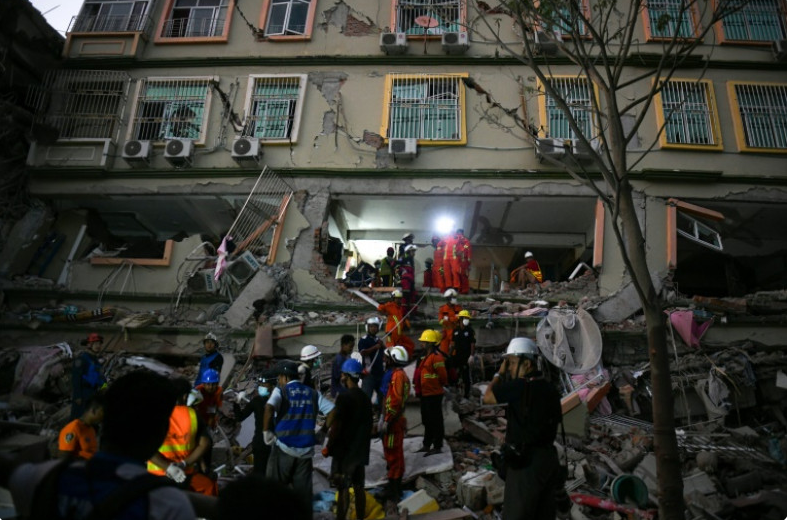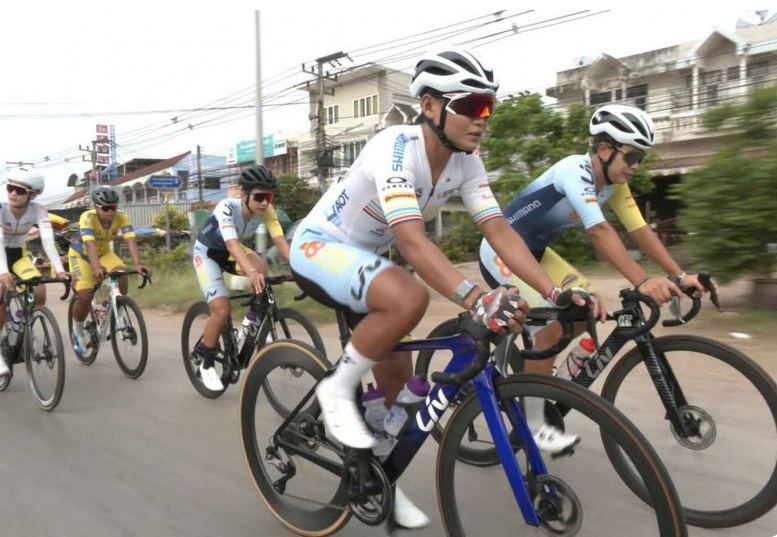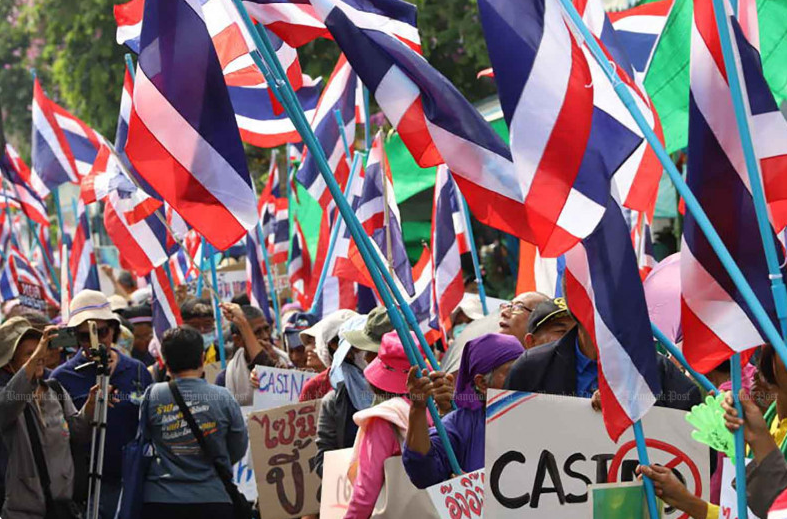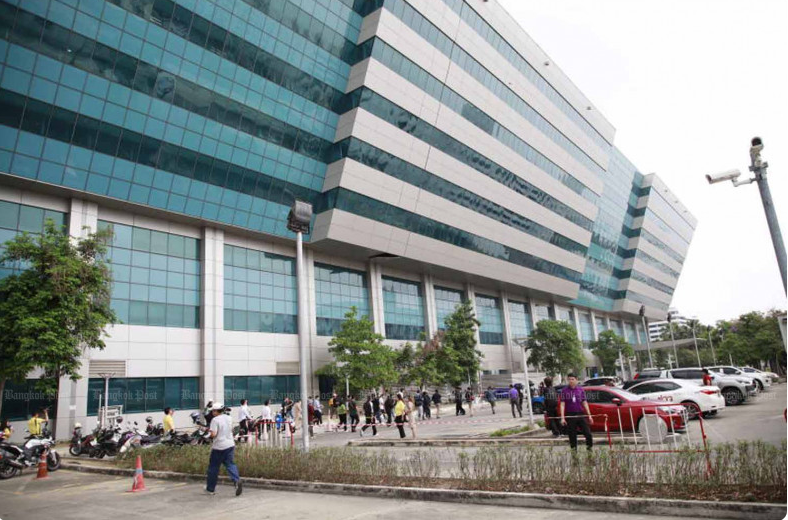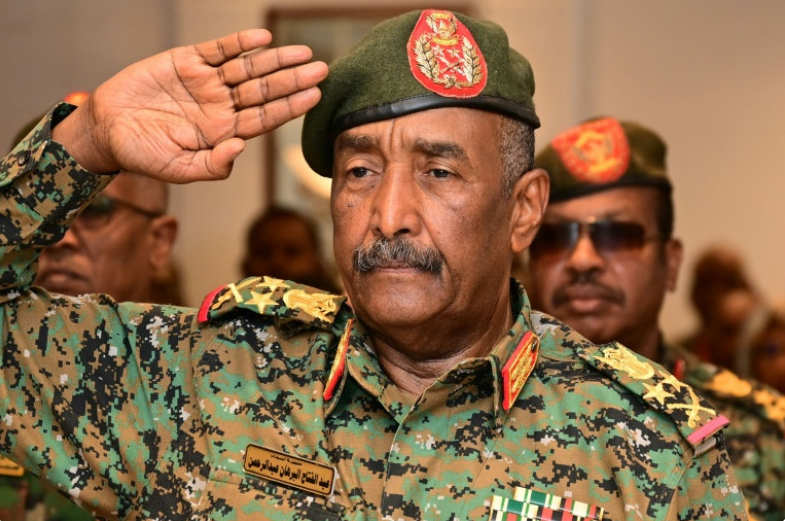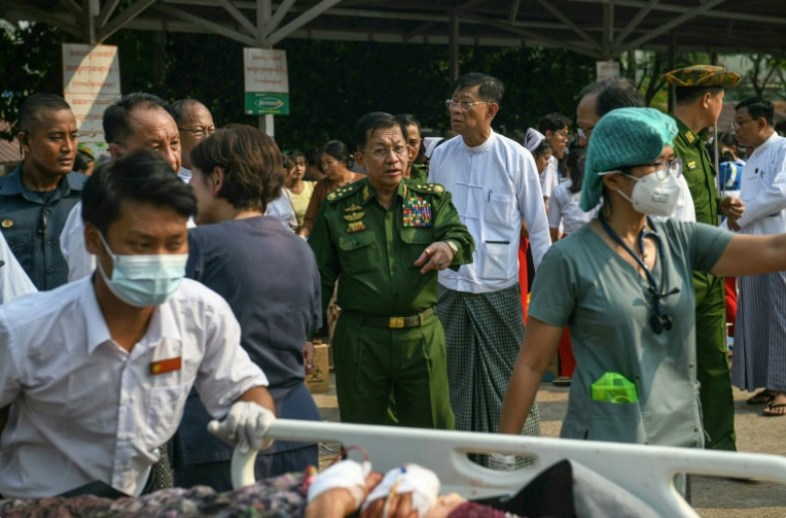Myanmar quake: the unprepared nation for disaster
Shredded by four years of civil war, Myanmar has little ability to deal with the damage caused by Friday’s enormous earthquake.
More than 1,600 people have died and thousands of homes have been destroyed since the 7.7-magnitude earthquake hit central Myanmar.
However, the bloody conflict ignited by the military coup in 2021 has left the country’s infrastructure, health care system and even its power grid all on their knees.
Here are some of the obstacles to relief efforts in Myanmar:
Humanitarian crisis –
The United Nations and aid agencies have stated that millions were already suffering a dire humanitarian crisis before the quake struck, and are now urgently in need of still more assistance.
Much of the country was already suffering from a punishing mix of conflict, poverty and instability after the civil war, which displaced 3.5 million people and devastated the economy.
“We estimated 19.9 million people in need of humanitarian assistance, just before the earthquake,” said Marcoluigi Corsi, the U.N. humanitarian coordinator in Myanmar.
“It will make matters even worse.”
Prior to the quake, the World Food Programme (WFP) said over 15 million of a population of 51 million were unable to meet their daily food needs.
The aid effort was “hampered by a severe lack of medical supplies” two days after the quake, the UN said, while rescuers on the ground have called for more equipment to scour ruined buildings for survivors.
The quake also hit this country when President Donald Trump has cut jobs and funding to Washington’s foreign aid agency.
Trump has pledged US assistance, but one million civilians in Myanmar will now go without WFP aid after he slashed US Agency for International Development funding.
Countries across the globe have started sending rescue teams and aid packages.
Junta rule –
The junta, which is led by General Min Aung Hlaing, has lost control of significant parts of Myanmar during the course of the conflict, although it retains authority over major urban centres like Mandalay — which is nearest to the quake’s epicentre and worst affected.
But many civil servants opted to defect after the military coup and join resistance to the junta.
These personnel losses have compounded an already decaying civil administration, which has made the management and distribution of relief efforts more difficult.
An indication of the magnitude of the disaster — and of the apparent acknowledgement of the state’s inability to cope — Min Aung Hlaing made an unusual call for foreign aid on Friday.
This represented a significant departure from past military leaders who rejected all foreign aid.
Poverty is widespread, the economy in ruins, and international sanctions, along with the cost of fighting the civil war, have emptied the junta’s Treasury.
Splintered control –
Most of Myanmar is under the control of a shifting patchwork of junta forces, ethnic armed groups and pro-democracy partisans.
The jigsaw puzzle of control on the ground, often with competing groups with conflicting interests, could further complicate any attempts to deliver relief aid to where it needs to go across the country.
Sagaing city — close to the epicentre of the quake — has witnessed some of the worst fighting between junta troops and armed resistance groups.
Ethnic armed groups, border militias and the military have been in competition with each other to control local resources, raising fears that there will also be a similar scramble for aid.
Poor infrastructure –
Myanmar’s civil war has destroyed its infrastructure and medical system.
The junta has bombed hospitals in rebel-controlled areas, and many doctors have abandoned state medical facilities to join the rebellion.
Hospitals in Mandalay, Magway and the capital Naypyidaw “are struggling to cope with the influx of people injured”, the UN has said.
The country was already being choked by phone and internet blackouts but the quake has crippled communications and the means to get help to those who need it most even more.
Internet communications in Mandalay were intermittent and land and air routes severely disrupted after the quake ruptured roads.
The UN and other NGOs say ways must be found to help the many who are now homeless, many homes having collapsed.


